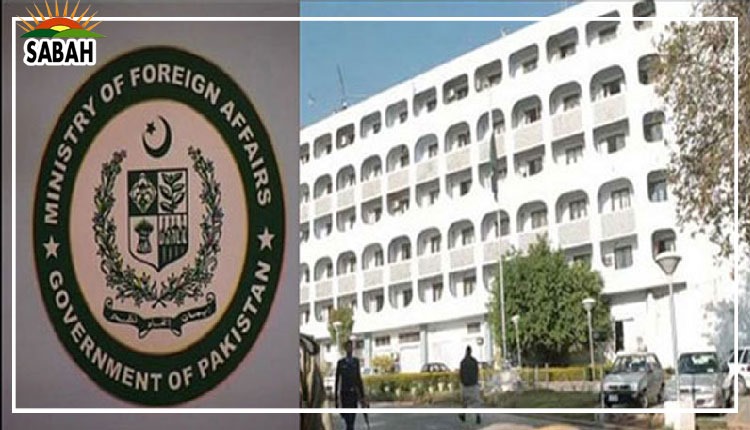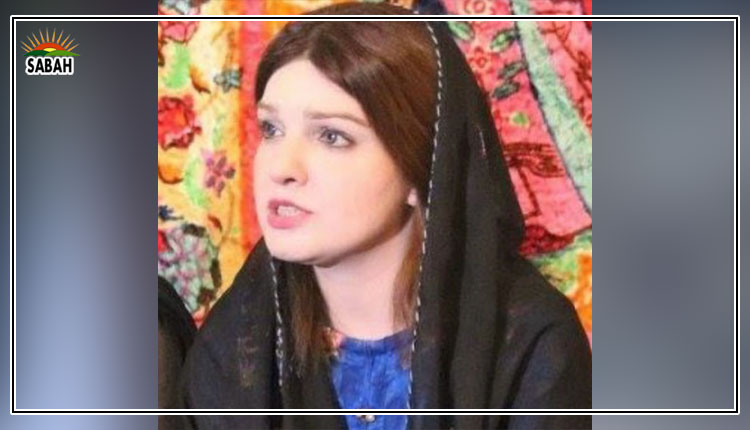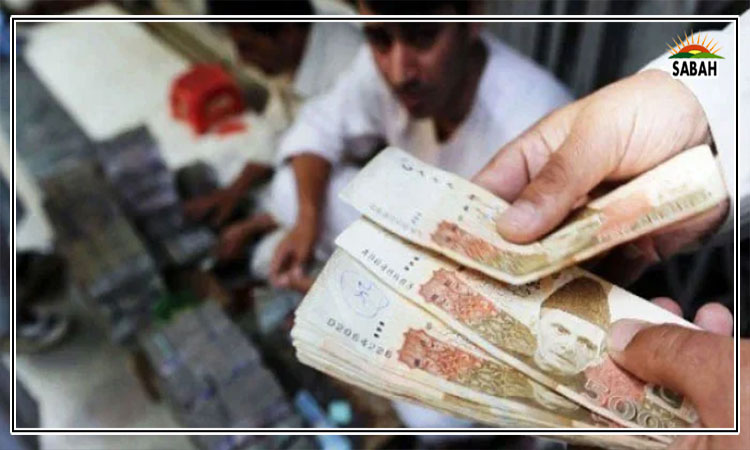Full reserve banking: Part – I….Qanit Khalilullah
Pakistan’s significant debt servicing problem can be resolved through full reserve banking, eliminating high inflation, huge government domestic government debt, and interest costs. Full reserve banking represents a transformative shift towards financial stability, economic growth, and inclusive prosperity; and it clearly overlaps with Islamic principles.
Currently, a staggering 60 per cent of government revenue is being wasted on interest payments. The expenditure on debt servicing has increased from less than Rs400 billion in 2003-04 to a staggering Rs7300 billion in 2023-24. People generally think it is going outside Pakistan to the IMF, World Bank, or other countries; however, ironically, 90 per cent of interest costs are for servicing domestic loans, not foreign ones. Interest expenditure on domestic debt exceeds several times that of government, development expenditure, and social protection expenditures.
The impact of a 1.0 per cent increase in SBP policy interest rate is around Rs300 billion, which is more than the total expenditure on the construction of metro bus infrastructure in all metro cities of Pakistan. It is almost equal to the total expenditure on the social security programme. The SBP has set its policy interest rate to over 20 per cent, and a huge 60 per cent of government revenue is being wasted on this. After the allocation of provincial share and interest expenses, the total annual revenue of the government has turned into negative territory.
Due to the SBP’s high interest rate policy, the government has had to take out large loans from banks to cover substantial interest costs. Consequently, both government debt and deposit money are increasing rapidly. The excess money supply has led to a significant depreciation in the value of the rupee and a decrease in purchasing power in real terms, resulting in massive inflation that severely impacts our poor people.
The SBP’s high-interest policy, implemented to curb inflation, has proven counterproductive and resulted in diametrically opposite results. Per the Pakistan Economic Survey 2022-23, interest rates and inflation have been increasing simultaneously with a positive correlation. According to a recent World Bank Report, financing the fiscal deficit mainly because of high interest on domestic debt through bank borrowing has rapidly increased the monetary base, contributing to inflationary pressures.
There is widespread consensus among economists and public policy experts regarding the adverse impacts of high interest rates on employment. This sentiment is echoed in the Pakistan Economic Survey, which highlights the significant negative effects observed, particularly in the large-scale manufacturing sector, due to the SBP’s high interest rate policy. The consequences are particularly pronounced given that a substantial portion of the workforce is employed in this sector.
In the modern banking system, there are two types of money: banknotes (created by the central bank) and bank deposit money created or increased when banks issue loans. From the perspective of businesses and households, bank deposits are equivalent to having cash in hand. In a practical sense, bank deposits are money. Banks create new money in the form of the numbers (bank deposits) that appear in bank accounts through the accounting process used when making loans. In the words of the Bank of England:
“When a bank makes a loan, for example, to someone taking out a mortgage to buy a house, it does not typically do so by giving them thousands of pounds worth of banknotes. Instead, it credits their bank account with a bank deposit of the size of the mortgage. At that moment, new money is created.” (Bank of England Quarterly Bulletin, 2014 Q1
With their profit-maximizing objective, banks aim to issue as many loans as possible. With a 5.0 per cent reserve requirement, banks may issue loans leading to unsustainable monetary expansion, as a 5.0 per cent reserve ratio may have a 20x multiplier effect. However, inflation resulting from their money expansion is controlled by the central bank through a high-interest rate policy to discourage loan-taking activity. As mentioned above, a high-rate policy is not effective in Pakistan since the largest borrower from commercial banks is the government itself, which is not in a position to repay the loans.
Ironically, despite having legal ownership of money creation powers, the state of Pakistan is borrowing huge loans/money from private banks to pay interest, resulting in high money expansion. It is a continuous process; the government takes loans to pay interest, which increases government debt, and as a result of interest payments, deposit money increases – a vicious circle. Over the last 20 years, both government debt and money supply have been simultaneously growing due to this reason and have increased from less than five trillion to crossing the 30 trillion mark. We are facing inflation due to the enhanced money supply, and our future generations will have to pay the debt.
Over the past fifty years, the growth of broad money (banknotes and bank deposits – M2) in Pakistan has exceeded 1000 times. This is because the government of Pakistan has heavily relied on budgetary borrowing from banks, leading to an unsustainable money expansion. The growth rate of broad money has even surpassed nominal GDP growth. Real GDP has increased only nine-fold, while nominal GDP at current prices has increased 644-fold. This implies an inflation of 71 times during the last fifty years. The inefficiencies in monetary and fiscal policies have contributed to the continued devaluation of money.
Due to the fractional reserve system, debt levels have increased at an alarming pace worldwide. Household debt, almost zero in 1950, reached around one-third of world GDP in 2022. Total private debt, including household debt, has increased from 35 per cent in 1950 to 146 per cent of GDP in 2022. Global public debt increased from 100 per cent of world GDP in 1950 to 238 per cent in 2022. The massive increase in debt has resulted in continued financial instability and rising inequality worldwide.
To be continued
The writer is director of a corporate and managementconsulting firm, and writes on economic and public policy matters.
Courtesy The News












